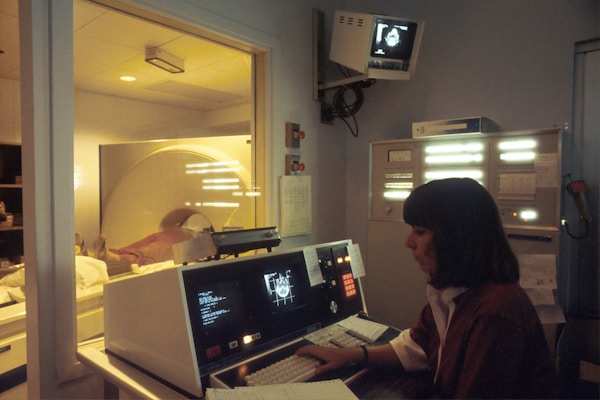Radiology is a branch of medicine that involves the study and use of medical imaging technologies to diagnose and treat diseases and injuries. Medical imaging technologies include X-rays, magnetic resonance imaging (MRI), computed tomography (CT), ultrasound, and nuclear medicine. Radiology is a critical tool for doctors and other healthcare professionals in detecting and diagnosing a wide range of conditions, from broken bones to cancer and heart disease. There are many jobs in the field, including that of a travel radiology technologist or radiology tech. If you’re interested, keep reading for a basic guide on travel radiology technologists and what they do.
What is a travel radiology tech?

Radiology technologists are healthcare professionals that specialize in creating diagnostic images of the human body using advanced equipment such as X-rays, CT scans, and MRI machines. They work alongside radiologists and other physicians to analyze and interpret these images in order to diagnose and treat a wide variety of medical conditions. Radiology technologists play a crucial role in patient care, as these diagnostic images allow doctors to identify and treat medical conditions in a timely and accurate manner.
Travel radiology tech jobs are a great opportunity for radiologic technologists who want to work in different places. Travel radiology techs usually provide services on an assignment basis; they may be asked to stay in one location for a short period of time or travel from place to place providing the same service. These types of assignments can last anywhere from several weeks to months at a time, depending on the needs of the employer. Travel radiology tech jobs typically involve higher pay than those held by full-time employees due to their mobility and flexibility.
To become a radiology technologist, individuals must complete an education program and pass a certification exam. These programs cover topics including radiation physics, patient care, and image interpretation. Upon graduation, students can become certified by passing an exam through the American Registry of Radiologic Technologists (ARRT). With this certification, you can start applying for the radiology tech jobs you’re interested in.
What can you expect from a career in radiology?

Now that you know more about being a travel radiology tech, let’s discuss what you can expect from pursuing a career in radiology. For example, radiology technologists typically earn above-average salaries and have excellent job security. In fact, the Bureau of Labor Statistics projects a 6 percent growth rate in employment for radiologic technologists between 2021 and 2031, which will represent thousands of new jobs. This growing demand for radiology services translates to competitive salaries and benefits packages for qualified professionals.
One of the biggest rewards of working in radiology is the satisfaction of knowing you are making a real difference. Because diagnostic imaging plays a critical role in diagnosing medical conditions, you have the opportunity to make a positive impact. Many patients feel anxious about undergoing diagnostic imaging tests, so it’s essential that a radiologic technologist is compassionate and able to reassure them throughout the procedure. You can also be a part of the solution for the growing healthcare worker shortages in the United States.
As you can see, radiology plays a critical role in diagnosing and treating medical conditions, allowing physicians to make more informed decisions and provide better patient care. Travel radiology technician jobs are an ideal choice for licensed professionals looking for flexible employment that pays well while allowing them ample opportunity to explore new places and gain invaluable experience within diverse healthcare environments. Since these careers are stable and fulfilling, it’s no wonder they are desirable for aspiring healthcare workers. If you follow the tips in this article, you’ll be on your way to having a thriving career in radiology.





